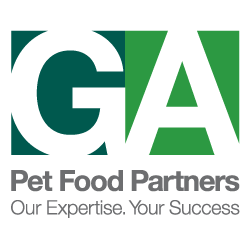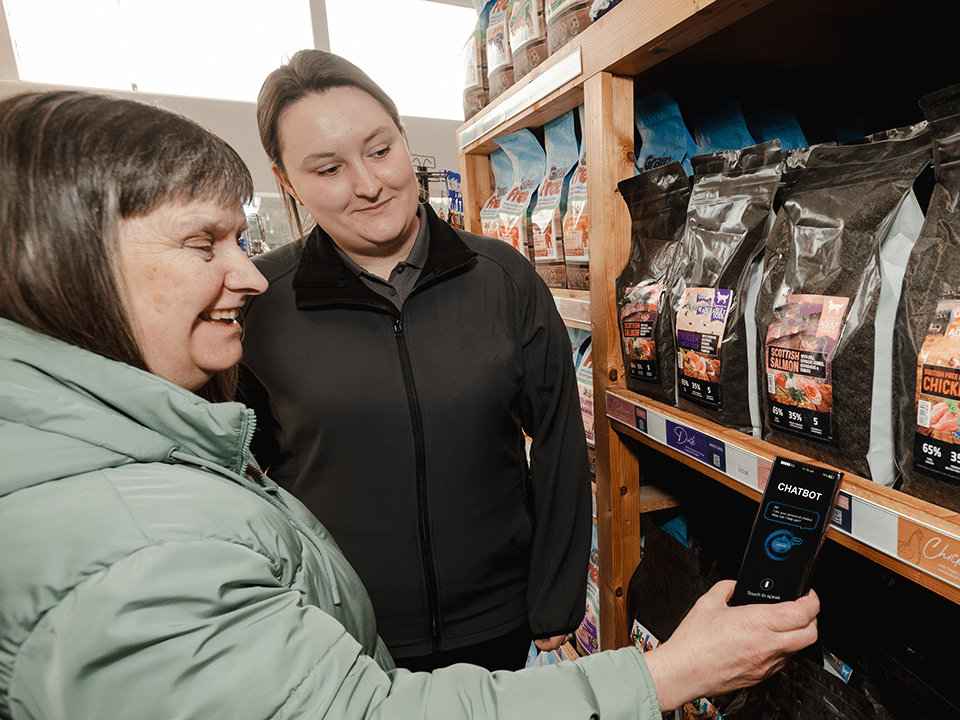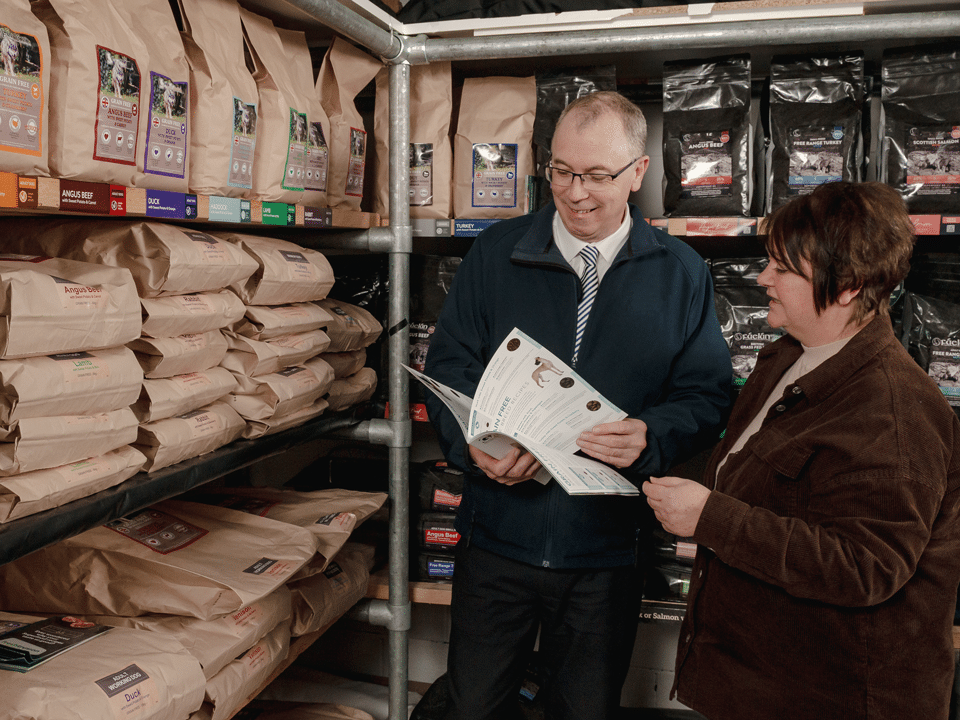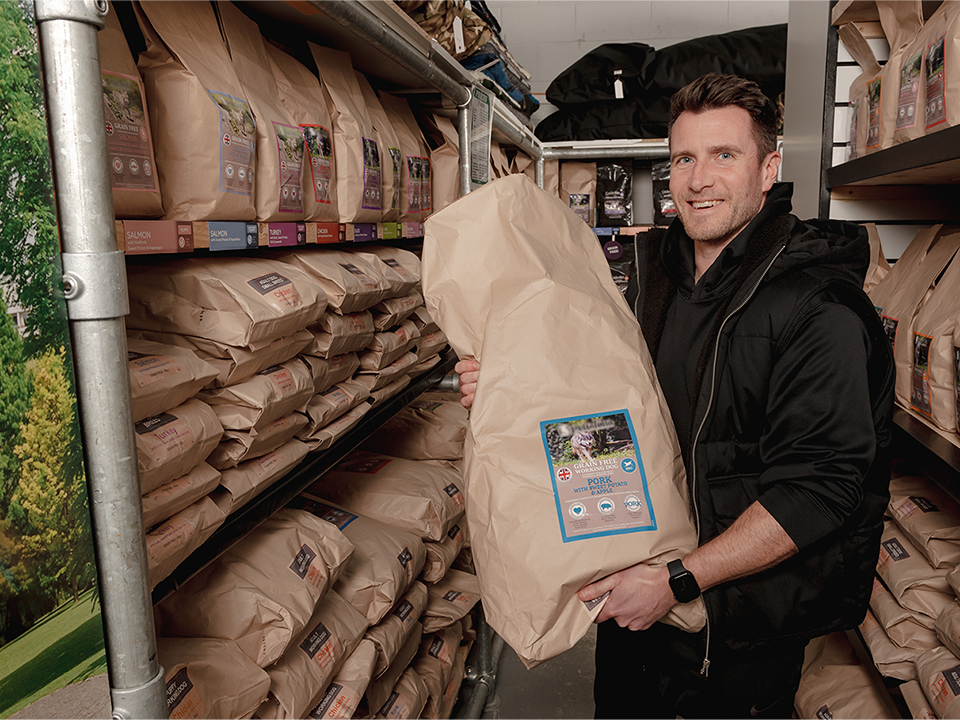
A common query from pet owners is, “What diet should I feed my dog?” With so many dog food brands available to choose from, making a decision can be hard. It is important to know about the ingredients required in a dog’s food for optimal health and well-being. This not only impacts their digestive system but also affects how shiny their coats are, as well as their energy levels.
It’s crucial to remember that a dog’s diet will vary by individual. Pet dogs are predominantly carnivores that also eat omnivorous foods. However, a dog’s food should be both complete and balanced to ensure it meets its daily nutritional requirements.
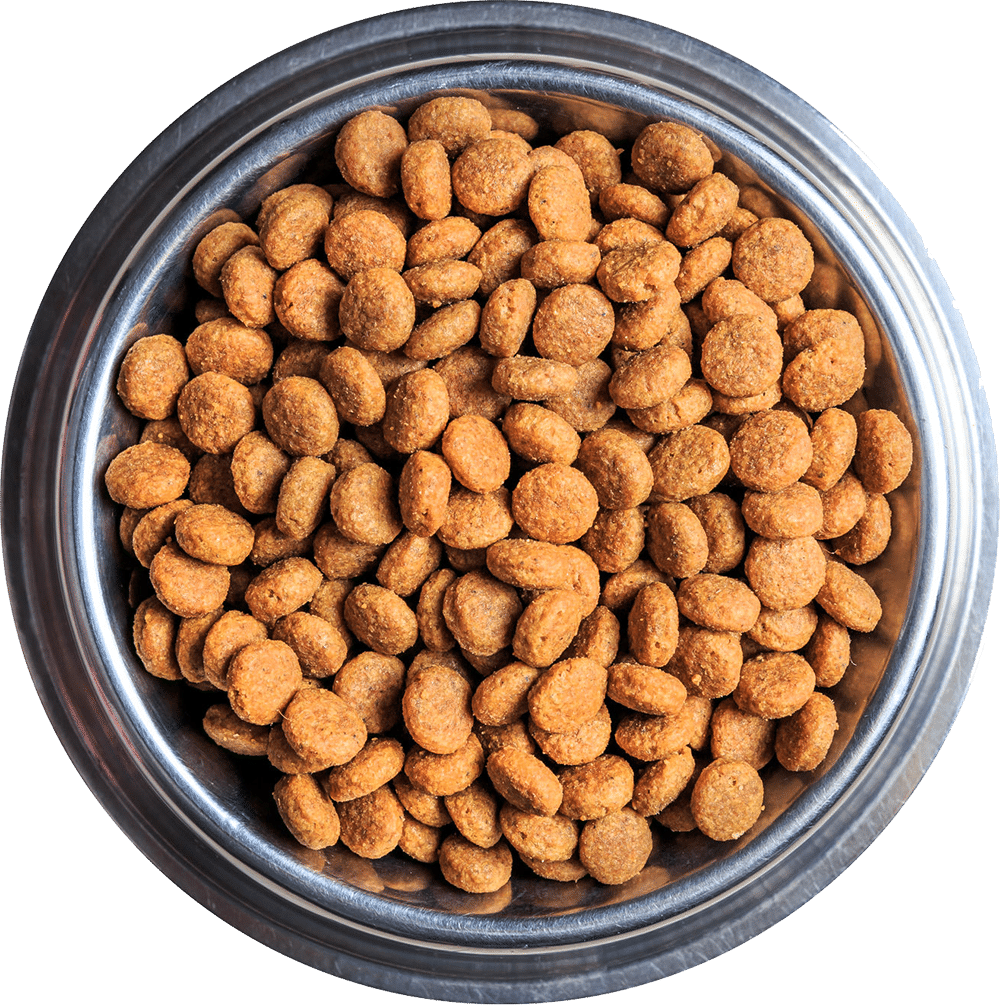
Dry Dog Food
Recent research suggests this is the most common diet fed to dogs by their owners. Dry dog food makes up 71% of the market. A dried diet has a low moisture content of around 8%. The food is extruded into pellets, biscuits, or kibbles and often packed in bags or boxes. Meat is usually added in a fresh or dried format. A major advantage of dry food is that it can be kept for significantly longer than wet food, which often spoils more quickly.
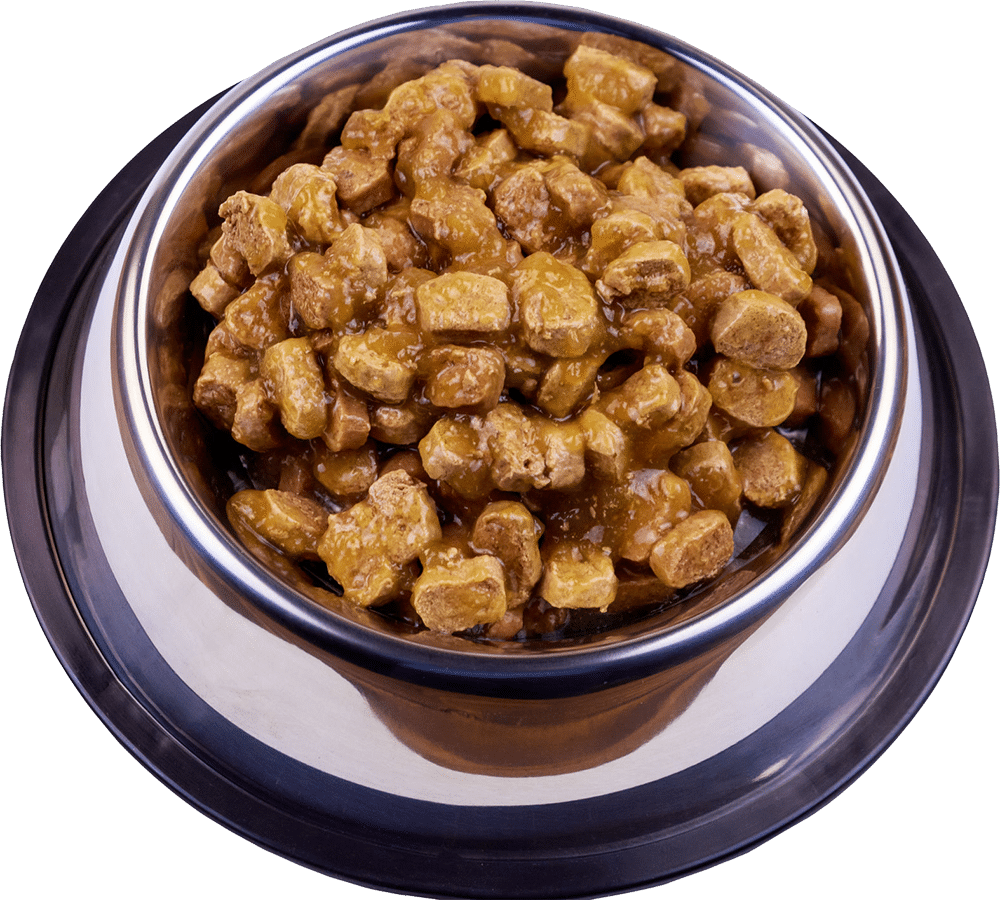
Wet Dog Food
This equates to roughly 33% of the market. This type of food contains a high moisture content and is usually cooked at high temperatures to sterilise the food. It is then sealed under pressure and packed into cans, foil trays, or pouches. A benefit of wet dog food is that it can help to provide a dog with its fluid requirements.
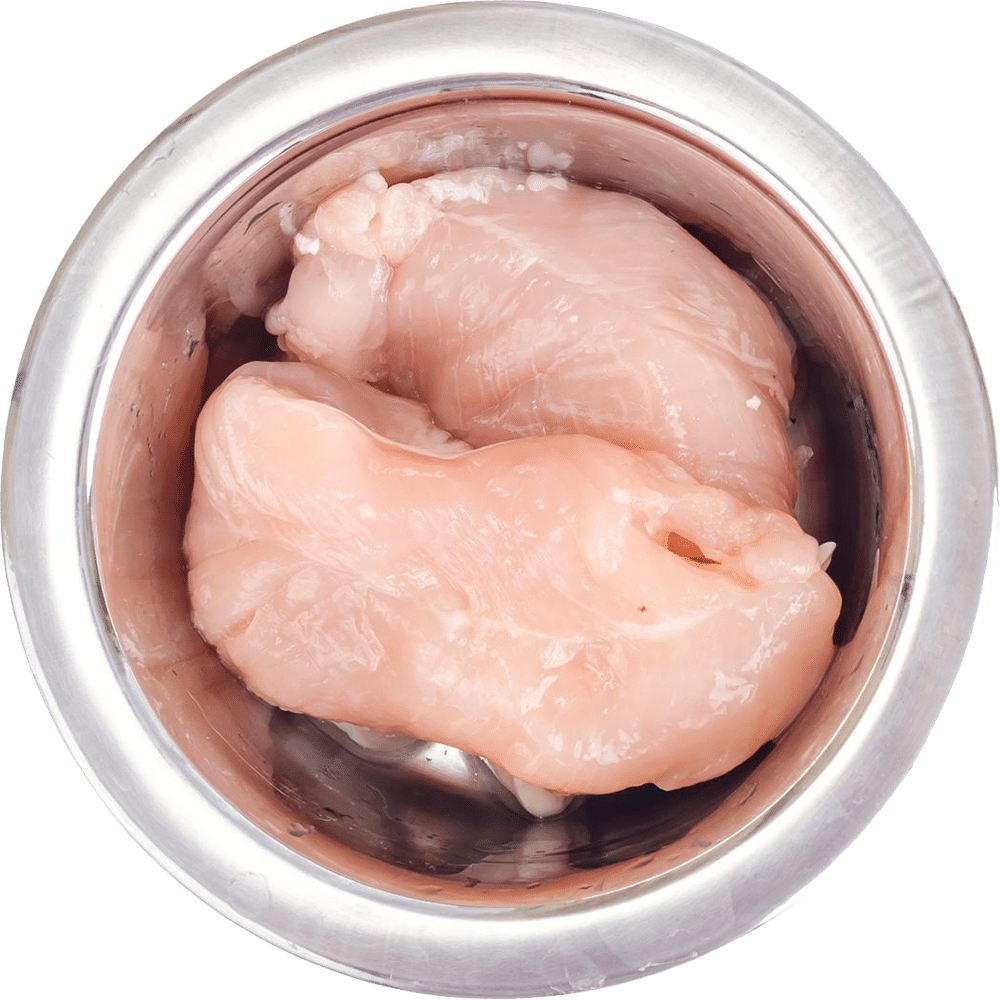
Raw Diet
Commercially prepared raw meat diets make up 5% of the market. This format of food is muscle meat that is often still on the bone and stored frozen. Many owners also use this method to create their own homemade diets. This diet may result in a dog drinking less, as the food is given to the dog wet.
How much food does a dog require?
The amount of food in a dog’s diet primarily comes down to its size, breed, and age. A vital factor in a dog’s diet is to ensure that they are fed the correct portion of food. If a dog is underweight or overweight, it can lead to health issues throughout its life.
When determining a dog’s size and weight, it is essential to look at their body shape more than their weight. You should be able to feel a dog’s ribs when you run your fingers over their side and see a defined waist.
Puppies
The nutrition that a puppy receives is the building block to good health throughout its life. Puppies need more calories and higher levels of vitamins, minerals, fats, and protein to aid their development. Generally, puppy foods are suitable for 4 weeks to 12 months, although this is not the same for every dog.
A delicate balance of calcium and phosphorus is crucial to support skeletal development. They also need a nutrient-dense diet to meet their growth requirements and provide them with energy until their next meal. Smaller breeds need more concentrated levels of nutrients, whilst larger breed puppies require less. The reason for this is that different-sized breeds reach maturity at different rates.


Adult Dogs
Usually, a dog reaches the adult life stage between the ages of 12 and 18 months. Small and medium-breed dogs need pet food with higher energy content due to having a faster metabolic rate. Foods with high protein, vitamins, and minerals are great for small and medium-breed dogs to help their development.
Larger dogs reach adulthood slightly later, at around two years old, and to ensure they don’t put on too much weight, they need food with less concentrated fats. Their diets need more controlled levels of protein, energy, calcium, and phosphorus to ensure steady growth. Nutrients such as glucosamine are also essential to help support their joints.
Senior Dogs
As a dog begins to age, it will become less active. More rest is required, and it takes longer to recover from exercise, while disease and conditions become more prevalent. A dog that is 7 years or older is classed as a senior. This means that its diet has to change to include higher fibre levels and reduced oil and fat content. Fat levels are also reduced, while protecting the joints with vitamins and minerals such as Omega-3, glucosamine, MSM, and chondroitin becomes a higher priority.

Food Intolerances and Allergies
Pet owners often misunderstand food intolerances as allergies and interpret intestinal upsets as allergies. It is believed that under 10% of all allergic reactions are a consequence of a food allergy. A true allergy is an immunological response to a protein allergen, generally resulting in itchy skin, infections, and even hair loss. Most allergies seen in pets are due to fleas, dust mites, and environmental issues.
Veterinary practices can offer allergy testing to try and identify the potential causes of allergies.
What foods shouldn’t be in a dog’s food?
When it comes to a dog’s diet, not everything is safe for them to eat. Below is a list of common household foods that can cause problems for dogs:

Chocolate
This is now widely recognised as a dangerous food for dogs. All types of chocolate are toxic to dogs. If a small amount is consumed, it can lead to vomiting or diarrhoea. However, larger amounts can lead to fits or even be potentially fatal.
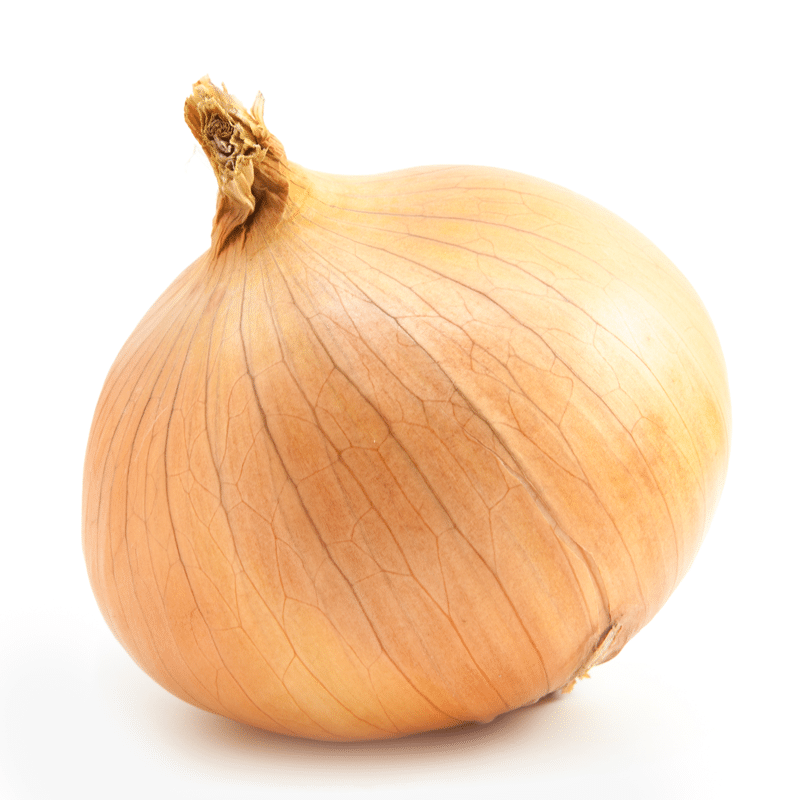
Onions
Regular onion consumption can result in changes to red blood cells that can lead to chronic lethargy, pale gums, weakened limbs, and a racing heart.

Salt
Dogs do require a certain amount of salt in their diets. However, a diet high in salt may lead to higher blood pressure, which can result in heart disease, heart attacks, or strokes. This also adds pressure to the kidneys.
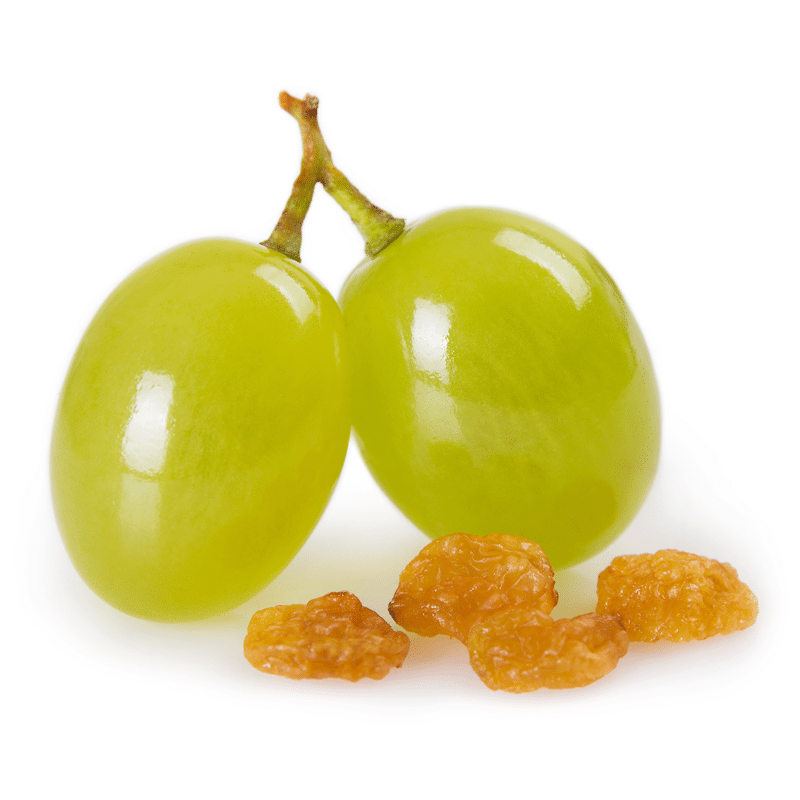
Raisins and Grapes
Both of these foods are poisonous to dogs and can cause symptoms such as vomiting, diarrhoea, lack of urination, and, in extreme cases, kidney failure.
Grain-Free Dog Food
Grain-free diets continue to be a major trend in the pet food industry. This form of dog food is produced without any grains and is particularly popular for dogs with specific food allergies.
Benefits of a grain-free dog food can include:
- Less and smaller stools
- Reduction in shedding
- Improved skin and coat condition
- Fewer digestive upsets
- Reduced itching and scratching
To find out how our dry dog food is made here at GA Pet Food Partners, simply click here to visit our production page.

Emma Hunt
GA Pet Food Partners Pet Nutritionist
Emma has an undergraduate in Animal Behaviour and Welfare and subsequently completed a Masters in Veterinary Public Health at the University of Glasgow. Following this, she worked in the agri-food industry for several years and kept her own sheep flock before joining GA in 2021. Emma enjoys training and competing in strong woman, or spending time with her much-loved collie Lincoln.
You may also like...
Article written by Kate Steele
The pros and cons of AI in pet retail
You may have heard the letters "AI" or "AI Technology" frequently used in the media. From opening your phone with Face ID to interacting with [...]
